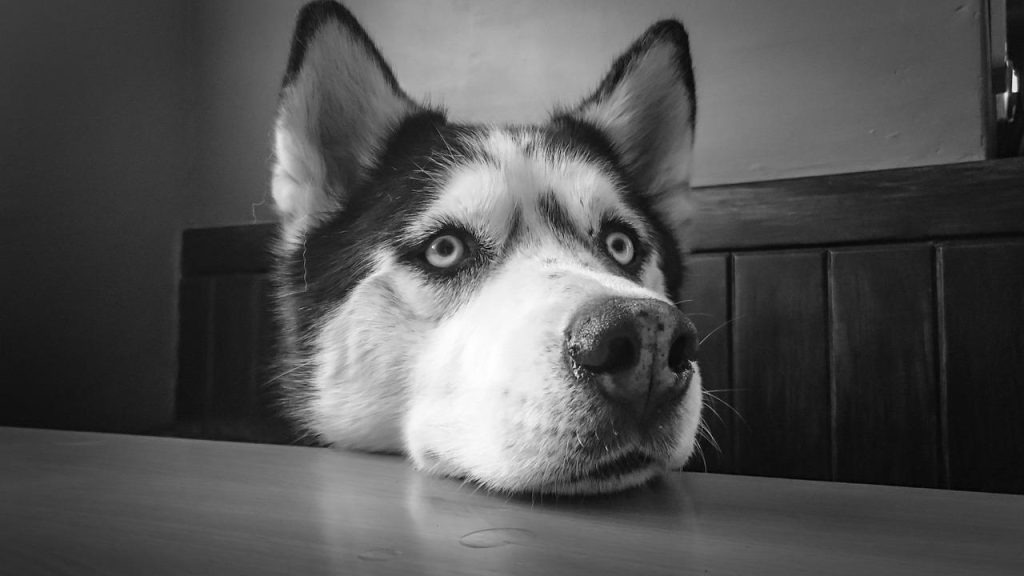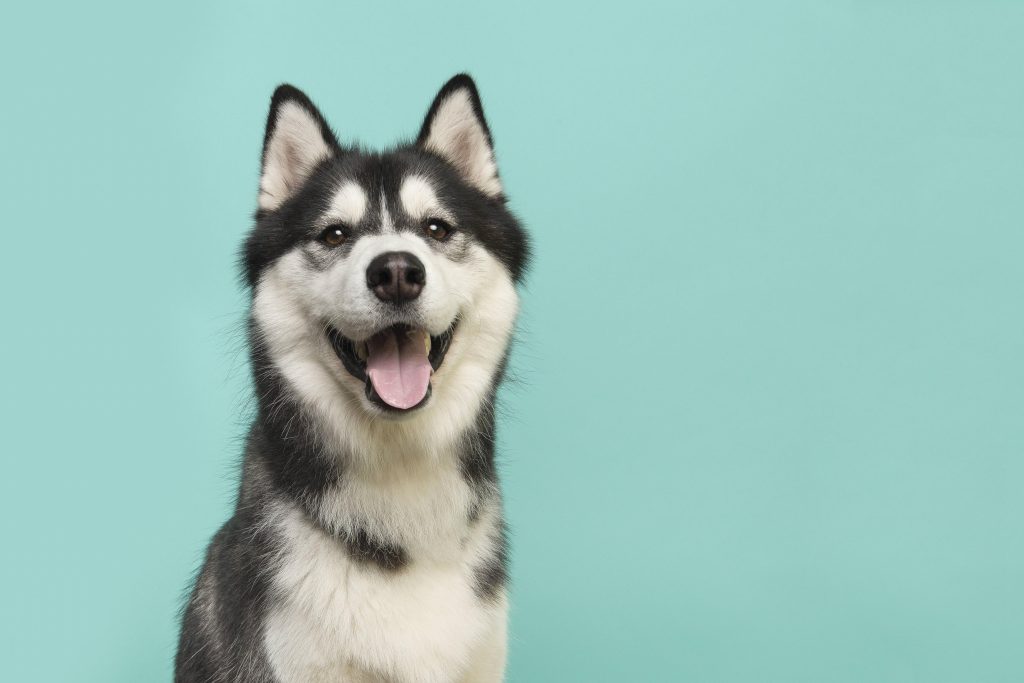Buying a dog crate for Siberian Huskie is one of the most important tasks you must undertake. Listed below are a few of the most important considerations when choosing a crate for your Siberian husky. These factors include: size, type, window, and thickness of wire. Once you have decided upon a crate, it is time to start acclimating your husky to it.
Choosing a dog crate
Choosing a dog crate for your Siberian husky should be easy. The best options will have large interior space and an easy-to-clean design, while not breaking the bank. They will have a metal frame and two doors on either side, allowing easy entry and exit for your confused puppy or senior dog. There are also a number of different locks, so you can lock your dog in its crate while it’s in the house.
The best crates for Huskys are adjustable and allow the divider panel to be removed as your dog grows. This way, your puppy will have less space and won’t associate sleeping with potty. It’s also important to consider how your Husky will use its crate. If you use it as punishment, it’s best to choose a model with a large enough floor area for both your Siberian husky and its dog-sized puppy.
The size of your Siberian husky should be determined by the breed. The size of your husky can vary greatly, so sizing should be determined by their length, height, and weight. When purchasing a crate, make sure you check your husky’s height against a sizing chart so you don’t get the wrong size crate for your husky.
If you are choosing a crate for your husky as a puppy, take measurements first. Your dog will grow quite quickly, so be sure to buy one that is slightly smaller than the one it will eventually outgrow. Make sure you buy a crate that will grow with your pup, and then purchase dividers if necessary. If you don’t have dividers, you can use cardboard boxes or wooden boards.

Size of a crate
If you plan to travel with your Siberian husky, it is essential to have a crate that is the correct size for its size. It is important to find a dog crate that is at least six inches longer than your husky’s height. You can get a tape measure to determine the proper size. Make sure to include enough space on all sides of the crate for your dog to feel comfortable.
A Siberian husky is a medium-sized dog with thick-coated fur. They originated in Siberia, Russia, and were bred by the Chukchi people. They are of Spitz genetic heritage and possess distinct markings. Their triangular ears give them a distinct look. These dogs are high energy and work well. They are good search-and-rescue dogs and have strong instincts for chasing cats.
The size of a dog crate for a Siberian husky will vary between dogs. Some of them may be taller than others, so a 42-inch tall crate might be the right choice for your pet. However, remember that crate size is relative to your dog’s full-grown size. For instance, a Husky between 70-90 lbs. should use a 42-inch-wide crate.
As with any dog, a crates for a Husky will vary greatly in price and features. However, there are a few features that are crucial when purchasing a crate for a Siberian husky. Designed for large breeds, a metal-wired crate provides a secure base and is easily expandable. For the convenience of your Husky, a divider panel will let you adjust the size as your dog grows.
Window in a crate
A dog crate is a good choice if you want your new Siberian Huskie to have an open view of its surroundings. These dog crates are generally rectangular in shape and made of metal mesh. However, if your Siberian is larger, you should consider buying a crate that is higher than its average height. This will allow the dog to turn around and get fresh air without being restricted to its own crate. A window is also important because the Husky breed is prone to separation anxiety and may get out of his crate.
A Husky crate with a window can also be useful when you take your puppy with you to a new place. This type of crate is easy to set up, and can be folded flat for transportation. It features three zippered doors with locking clips. You can open and close the door to let your new puppy fresh air. The door is also removable, so you can use it as a dog bed or a dog crate as an extra space for your home.

Some people leave their Huskies alone in their conservatory when they are not at home. While this may be convenient for you, it isn’t ideal for the dog as it may leave a puddle of water on the floor, or even suffocate itself inside the crate. It will also cause condensation, which can be harmful to the Siberian husky’s lungs.
When it comes to size, a metal wired crate is the most suitable option. A soft-sided crate is not suitable for Huskies because they are not as sturdy as metal wire crates. You can purchase a smaller version of a heavy-duty crate for your Husky if you’re not planning on travelling. A Siberian Husky is a large breed, so you’ll want to choose a size that will accommodate the size of the dog.
Thick wire in a crate
Choosing a thick wire in a dog crate for your Siberian Huskie is a great choice for several reasons. These crates are cheap and available in all sizes. Many models can be folded up for easy transportation. They are also a good choice for an average husky, since they are notorious escape artists and enjoy chewing. Whether you choose a wire or a plastic one, the main benefit of these crates is their excellent ventilation and panoramic view of the outside world. This is especially beneficial for a husky, as they tend to have separation anxiety and are highly active and will try to escape the cage.
Another benefit of thick wire in a dog crate is that it is sturdy enough to hold your Siberian Huskie when in a confined space. They need plenty of exercise and should not be confined in a dog crate for long. If left alone, this can lead to destructive behavior and aggression. If you are not sure which option will be best for your Siberian Huskie, ask your veterinarian.
Another advantage of thick wire in a dog crate is that it is easy to clean. If your dog is prone to accidents, wire crates are easier to clean than plastic crates, as the latter tend to hold odor and are harder to keep clean. Wire crates can also be portable, as they can be rolled up and placed wherever you want.
The height of your Siberian husky should be measured from its armpit to its tip. It should be at least as long as the length of your dog. This way, you will be able to make adjustments and make it smaller or larger as your puppy grows. You can also change the height and width of the crate as your puppy grows. If you are uncertain, consult with a veterinarian before you purchase it.
Creating a crate cue
Creating a crate cue is crucial to establishing your Siberian Husky’s routine. You can begin this process as a puppy and increase your Siberian’s sense of security as he gets older. However, crate training should not be rushed. Creating a cue will help your dog learn to associate the crate with being inside it.
One of the first things you should know is that a Siberian Husky will need to relieve himself on a frequent basis, especially if he’s a puppy. A pup will need to relieve himself frequently and may take up to 30 minutes to do so. A classic sign that he’s about to relieve himself is the “tinkle dance.” A puppy will sniff the floor and ground to find a suitable location to relieve himself. Once he finds a suitable location, he will go through the same door.
Crate training a Husky is crucial to preventing destructive behavior. There are many different types of crates and their features and benefits. When buying a crate for your Husky, consider the pros and cons of each and what you need most in a crate. If you plan to use the crate for travel, you should look for a sturdy one made from metal wire. It’s affordable, durable, and folds flat for easy storage.
A Siberian Husky can develop bad habits very quickly if you are not careful. As with any dog, the process of crate training should be gradual and positive. It should be a place for your husky to feel safe and secure. Make sure that the crate is in an appropriate location for your Siberian Husky. Creating a crate cue for Siberian Huskie will help you get your husky to stop bad habits in their early stages.













